Introduction
On 15 October 2025, Kenya lost one of its most enduring political figures: Raila Amolo Odinga. Reports from India confirm he died of cardiac arrest while receiving treatment. AP News+2Reuters+2
His passing reverberates across Kenya’s political and economic landscape. This article examines his life, leadership, controversies, and the imprint he left—especially in relation to Kenya’s economic trajectory.
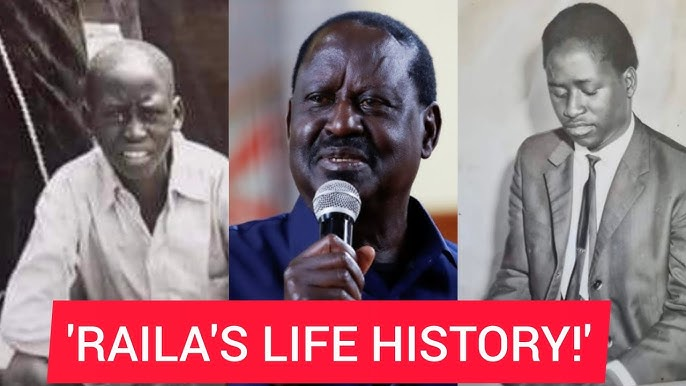
1. Early Life and Rise to Politics
Birth and Background
Raila Odinga was born on 7 January 1945, the son of Jaramogi Oginga Odinga, a prominent figure in Kenya’s early post-independence politics.Education and Early Activism
He studied in East Germany and was exposed to ideological and organizational training. During Kenya’s single-party era, he became involved in pro-democracy activism, enduring detention and exile in the 1980s and early 1990s.Emergence as Opposition Figure
In the early 1990s, as pressures mounted for political liberalization, Raila positioned himself as a leading voice demanding reform. His activism built networks, credibility, and a base among Kenya’s youth, civil society, and marginalized regions.
2. Major Political Milestones
Parliamentary and Leadership Roles
He first entered parliament in the early 1990s, later representing Lang’ata as MP. Over the decades, he was the leader of the Orange Democratic Movement (ODM), orchestrating multiple presidential campaigns.2007 Election Crisis & Power Sharing
The 2007 election was violently disputed, leading to national unrest and over 1,000 deaths. To end the crisis, Raila entered a unity government arrangement and became Prime Minister (2008–2013).
This coalition was partly built to stabilize politics and economy during crisis.2010 Constitution & Devolution
One of his lasting achievements was helping usher in the 2010 Constitution, which introduced devolution, strengthened checks and balances, and aimed to decentralize power and resources.Repeated Presidential Bids
Odinga ran for president five times (1997, 2007, 2013, 2017, 2022), never successfully being declared the winner.
Each loss was accompanied by legal challenges, mass mobilizations, and periodic boycotts.Recent Roles & Ambitions
In 2025, he contested for the African Union Commission chair but lost.
3. How Raila Influenced Governance and Institutions
Championing Multiparty Democracy
From the 1990s onward, Raila was a major force against the one-party system, pushing for constitutional and political reforms.Strengthening Civil Society & Oversight
Through frequent protests, legal petitions, civic monitoring, and alliances with non-governmental actors, he held the government accountable. This pressure environment nudged public institutions to be more circumspect in their actions.Constitutional Legacy
The 2010 Constitution is perhaps his most enduring institutional contribution. Devolution shifted political power and resources closer to grassroots levels, theoretically improving governance responsiveness.
4. Controversies, Critiques & Political Tactics
2007–2008 Violence and Its Fallout
The disputed 2007 election triggered major ethnic and political violence, with long shadows cast on governance, investor confidence, and national unity.“People’s President” Claim & Boycotts
On multiple occasions, Raila claimed victory outside the official results, refusing to accept outcomes and pushing for parallel structures. Some critics say these tactics eroded institutional respect and prolonged uncertainty.Frequent Opposition Posture
His long years in opposition meant that when in government (e.g., as Prime Minister), his influence was limited by coalitions, institutional constraints, and internal compromises.Ambiguous Policy Implementation
He often proposed ambitious reforms—anti-corruption, social programs—but critics argue many remained promises rather than delivered policies, especially when he lacked executive control.
5. Economic Impacts: Direct & Indirect
Short-Term Economic Effects
Political Instability & Market Confidence
Disputed elections and recurrent political tensions dampened investor confidence, disrupted business, and led to capital outflows at critical junctures.Fiscal Disruptions
Government transitions and political crises occasionally delayed budgets, stalled projects, or led to increased borrowing costs.Tourism & Foreign Investment
Perception of instability made foreign investors cautious; tourism suffered during periods of unrest.
Policy Influence & Constraints
When in Government
As Prime Minister, Raila had influence over certain policy levers, but his authority was constrained by coalition arrangements and political trade-offs.Opposition to Policy
Even when not in government, he shaped debates—pushing for accountability, transparency, and critiques of public debt, corruption, and mismanagement.Structural Headwinds
Many economic problems in Kenya—high public debt, corruption, global shocks (e.g., commodity price swings, pandemic), climate change—were beyond any one leader’s control. So attributing “failure” wholly to Odinga oversimplifies.
6. Where Supporters and Critics Diverge
Supporters’ View
To his admirers, Raila was a moral conscience of Kenyan politics: a stalwart for democracy, devolution, inclusion, and pushing against kleptocracy.Critics’ View
Detractors argue he too often created gridlock, refused compromise, and sometimes acted more like a perpetual challenger than a constructive government partner.Common Ground
Both camps often agree: Kenya’s economy did not fully deliver for ordinary citizens; institutional weaknesses persist; reforms remain incomplete.
7. Immediate Consequences of His Death
Political Vacuum & Succession Pressures
ODM, opposition coalitions, and allied parties must now navigate leadership transitions. Factional tensions may emerge.Market & Investor Sentiment
In the short term, markets may react nervously to uncertainty. But Kenya’s underlying economic fundamentals, global trends, and policy continuity will matter more.Reform Agenda Discontinuities
Some of Raila’s championed causes—electoral reform, devolution reforms, constitutional audit—risk losing momentum if successors don’t adopt them.Public Mourning, National Reflection
His death could catalyze national dialogue about governance, inequality, accountability, and the kind of politics Kenyans want moving forward.
8. Long-Term Legacy & Lessons for Kenya’s Economy
Institutional Gains vs Political Polarization
The 2010 Constitution and stronger civil society are lasting pillars. But the political polarization he often navigated (or fueled) remains a drag on consensus decision-making.Prioritize Economic Governance
Kenya’s next era demands leaders who combine political legitimacy with technocratic discipline: fiscal prudence, anti-corruption, public investment in human capital, infrastructure, and competitiveness.Depolarize Politics
Raila’s life showed both the power and the danger of adversarial politics. Kenya’s future may require bridging divides, building inclusive coalitions, and focusing on results rather than perpetual contestation.Succession with Purpose
His successors should not just emulate his style, but learn from his challenges—translate mobilization into governance capacity.
Timeline of Key Events
Year / Date | Event |
7 January 1945 | Raila Odinga is born |
1980s–1990s | Activism, detention, exile during one-party rule |
Early 1990s | Reemerges as opposition leader |
2007 | Contested presidential election leads to violence |
2008–2013 | Serves as Prime Minister under unity government |
2010 | Kenya’s Constitution is enacted |
2013, 2017, 2022 | Runs unsuccessfully for president |
2025 | Contests for AU Commission chair, loses |
15 October 2025 | Dies in India of cardiac arrest |
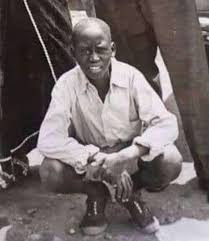
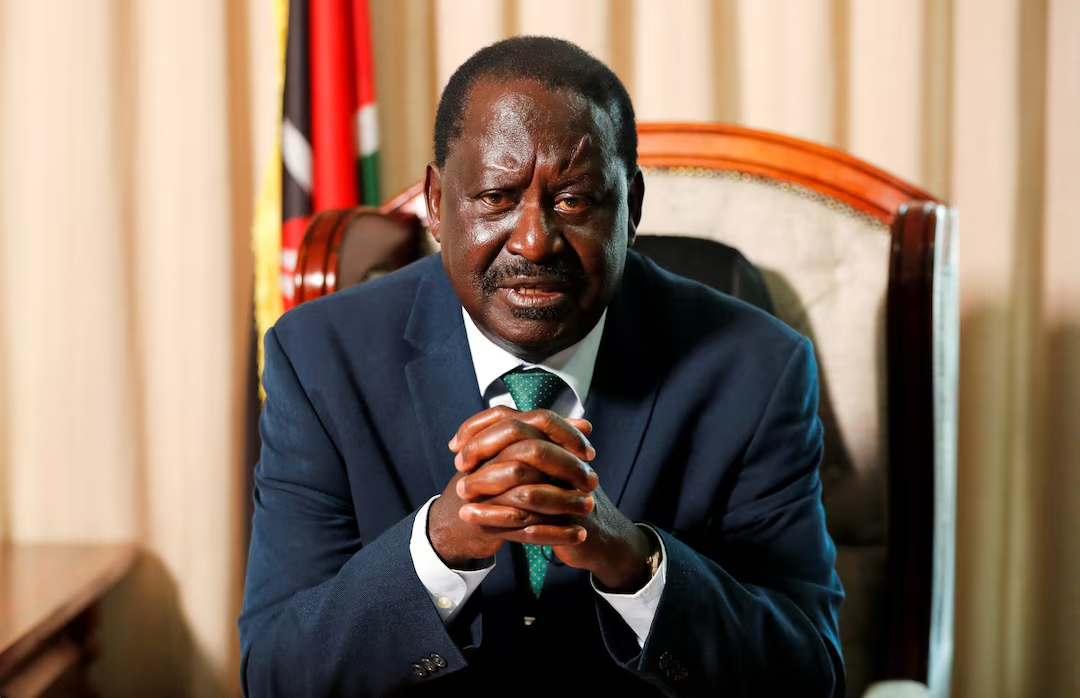
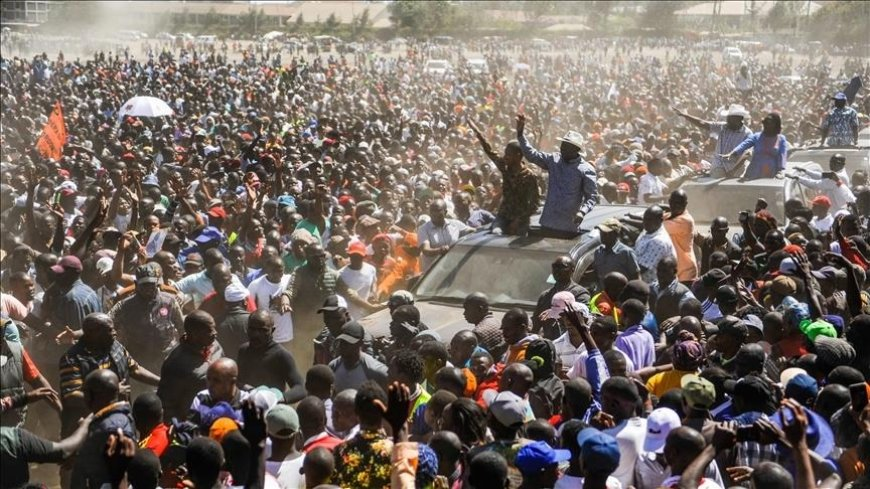
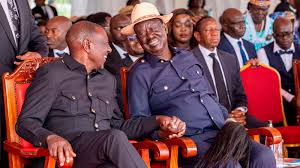
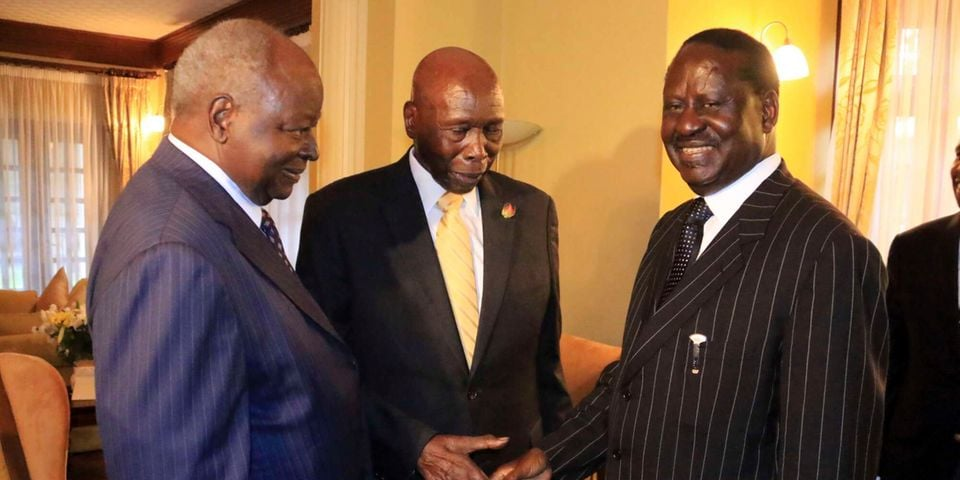
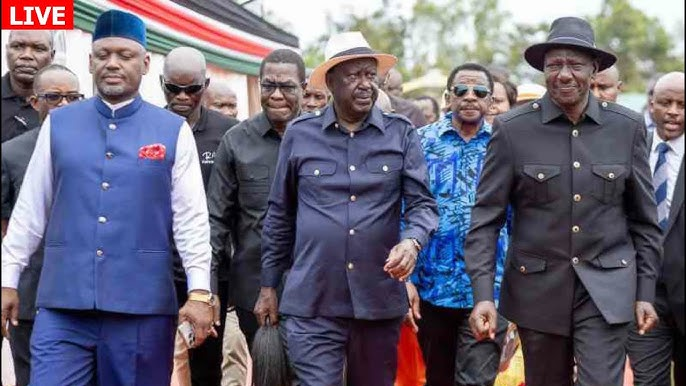
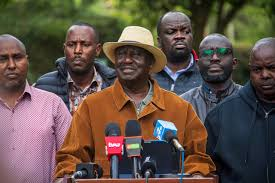
Raila Odinga Dead at 80: Political Biography, Controversies, and Economic Consequences